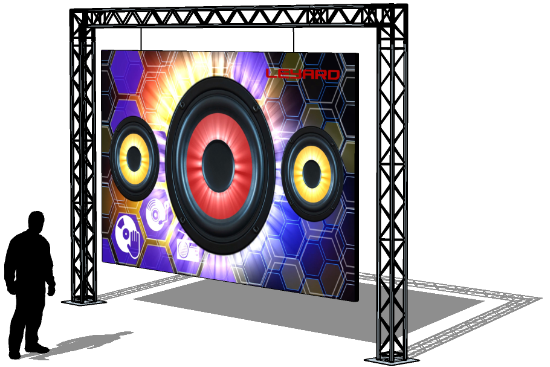Exploring the Durability of LED Wall Screens in Comparison to Conventional Screen Technologies
Light-emitting diode panel panels have grown progressively popular in recent years, particularly in settings like educational institutions, corporate spaces, and public spaces. These panels use light-emitting diodes (LEDs) to create bright and lively visuals. One of the most notable advantages of LED innovation is its durability compared to traditional display methods, such as cathode tube tubes (CRTs) and liquid crystal screens. Grasping the distinctions in lifespan and performance between these technologies can assist buyers make informed decisions about their display requirements.
Classic display technologies, like CRTs, have been present for numerous years. They were frequently used in televisions and PC screens. However, CRTs have a shorter duration, generally lasting around 10,000 to 20,000 hrs of operation. This means that after a few of years, consumers may notice a decline in image quality, such as dimming or hue distortion. In comparison, LED panel panels can last considerably longer, frequently exceeding 50,000 hours. This extended duration means that users can enjoy reliable functionality without the need for frequent substitutions.
Another important aspect to take into account is energy conservation. LED panel panels consume less energy than traditional displays, which not only benefits the ecosystem but also reduces electricity expenses. For instance, while a CRT monitor may consume approximately 100 watts of power, an LED screen can consume as little as 30 to 50 watts. This discrepancy in power consumption contributes to the total durability of LED technology, as lower energy consumption generates less heat. Excess thermal energy can harm electronic components, resulting to a reduced lifespan for traditional screens.
In furthermore to their longer lifespan and energy conservation, LED panel panels also offer enhanced visual clarity. They helpful site provide brighter hues and improved contrast, making them ideal for various uses, from advertising to learning displays. The technology behind LED panels allows for a broader sight perspective, meaning that images remain clear and lively even when seen from the flank. This is a significant advantage over conventional screens, which frequently suffer from color distortion and diminished luminosity at broader angles.
In conclusion, the longevity of LED panel screens in contrast to traditional screen methods is a crucial factor for consumers to take into account. With durations that can surpass 50,000 hrs, power efficiency, and superior image quality, LED innovation provides many advantages. As innovation continues to advance, LED wall panels are likely to turn even more common in multiple environments. Grasping these distinctions can help individuals and organizations make better decisions when investing in screen innovation, guaranteeing they get the optimal value for their needs.